Geppaku "Moon White" Celadon Cup by Koji Kamada:




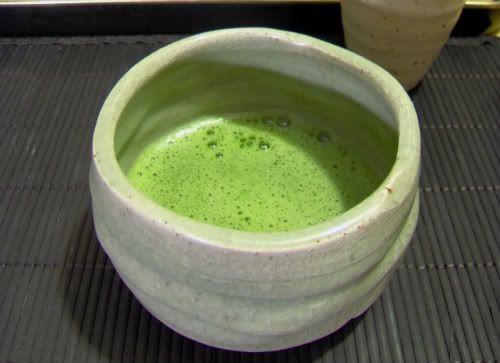
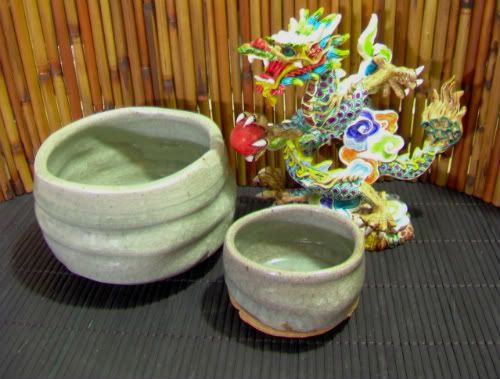
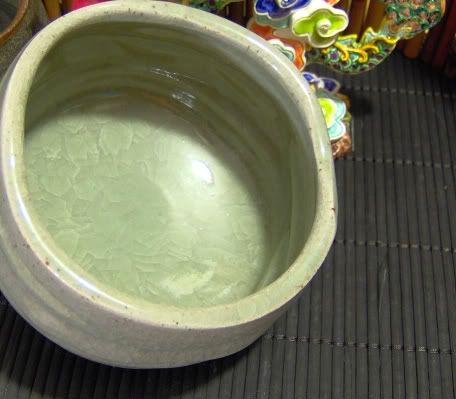
Ask the dragon ... or try and sneak it away ...debunix wrote:Oh. My.
No, the P&S does not do that justice. I think I could do it justice, if, say, you loaned it to me for about a year. Or two. Or twenty. Might take quite a while, really.
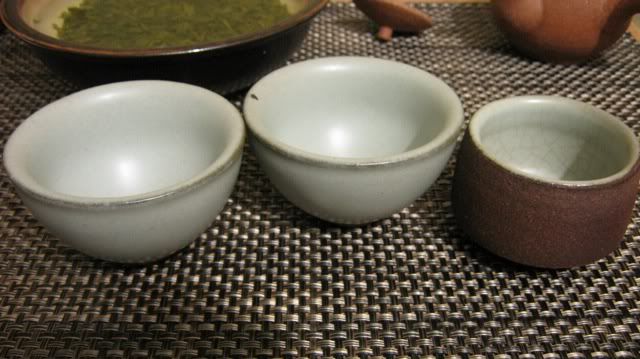
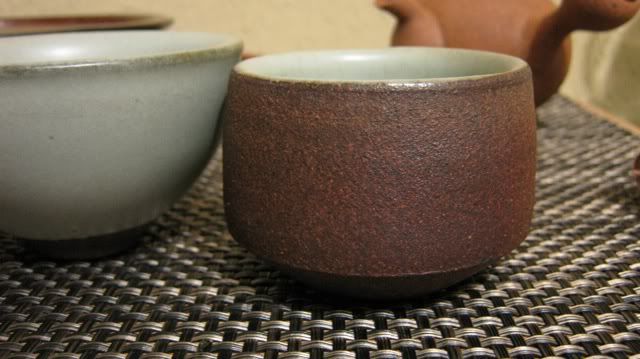
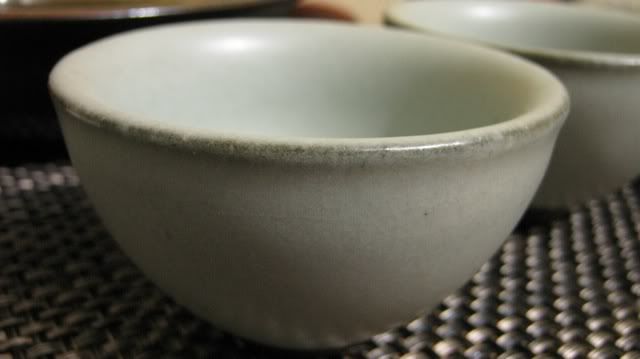
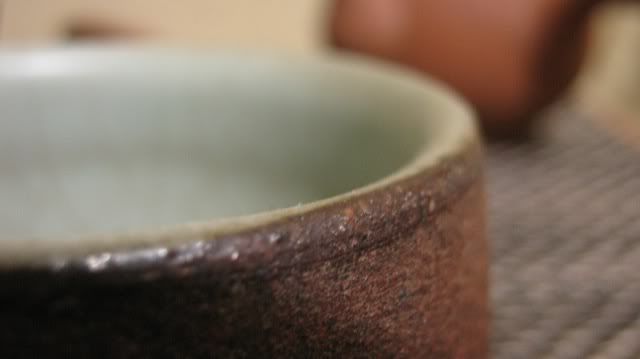
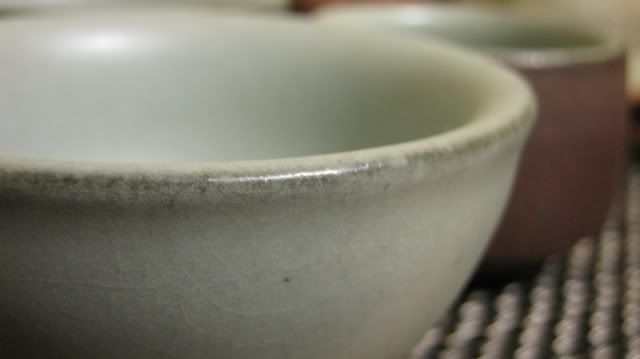
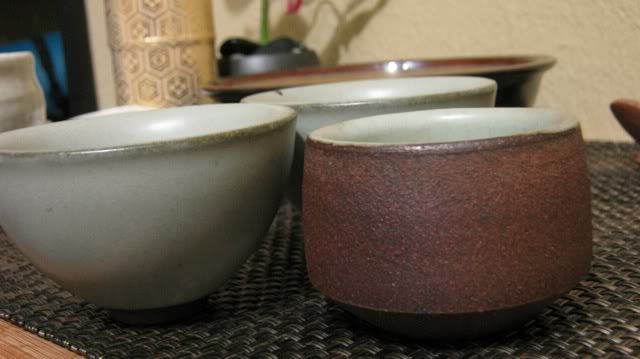
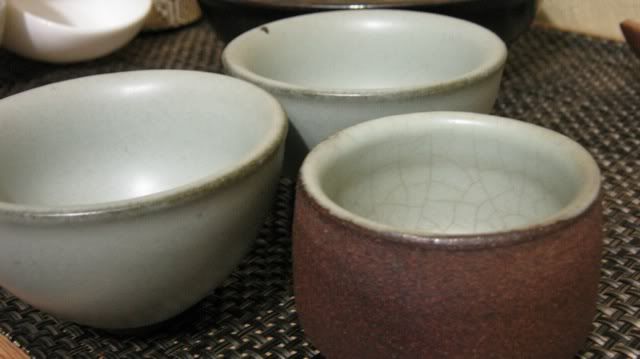
The unglazed ring is to allow pieces to be stacked one on top of another during firing. It is a technique to maximize space in the kiln (and probably the saggar -- which is a whole nother story). The unglazed circle inside of the bowl is the same diameter of the foot ring, so that during firing the pieces don't get fused together. Quite an amazingly simple technique. Another variation that is fairly common is when you see a piece glazed entirely on the interior and there are 4 or 5 rough rocky looking spots in the glaze. I'll see if I can find pics of both.brandon wrote:Can anyone speak to the significance of an unglazed ring?
I have an old teacup with a ring that looks almost like the glaze was cut away, the difference in "height" is quite significant.
Maybe wax was used to keep glaze from sticking to that area.
Nice collection. I know Xu Dejia and have a ton of his pieces. I'm honored to have a lot of one of a kind pieces he's made too. I'll have to post some photos of them.Ambrose wrote:Handmade celadon by Xu De Jia, a Taiwanese potter, using traditional materials. Oh so cream and dreamy!